Introduction
Ephesus, an ancient city located in what is now modern-day Turkey, holds significant importance within the Christian biblical narrative.
Renowned for its splendor and as a major center of commerce and culture in the ancient world, Ephesus is most notably recognized for its association with several key figures and events depicted in the New Testament.
Its rich biblical history includes references to the Apostle Paul, who lived in Ephesus and used it as a base for evangelism for several years, the Apostle John, and the Virgin Mary, making it a focal point for early Christian history and theology.
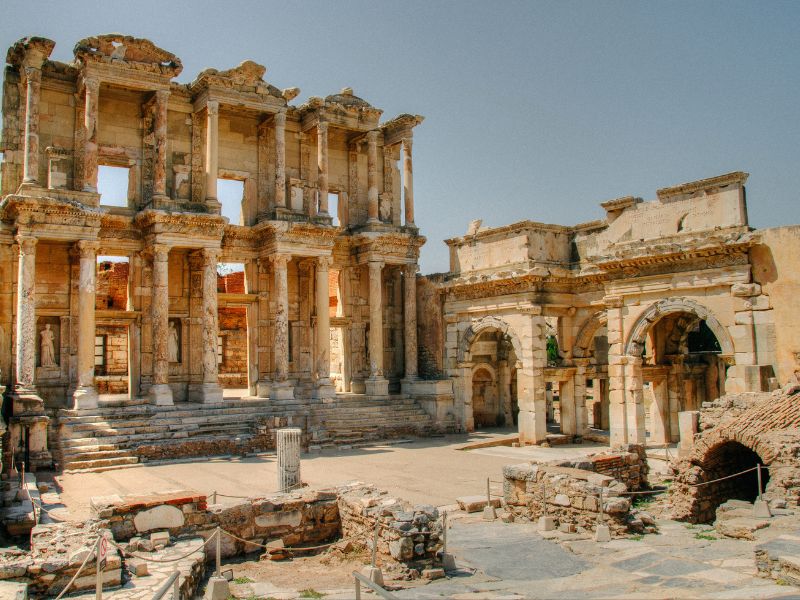
The biblical significance of Ephesus history is further underscored by its mention in the Book of Acts, where Paul’s missionary work led to a dramatic confrontation with local silversmiths, and in the Apostle John’s writings.
Perhaps most famously, it is addressed in the Book of Revelation as one of the seven churches to which John writes, admonishing the Ephesian church for losing its initial love for God’s teachings.
These references not only highlight Ephesus’s pivotal role in the spread of Christianity but also offer insight into the challenges and dynamics of early Christian communities.
Ephesus history in the New Testament

The narrative of Ephesus in the New Testament begins with the Apostle Paul’s arrival during his second missionary journey around A.D. 52, as documented in Acts 18. Paul’s subsequent visit, which lasted between two to three years, was marked by extensive teaching and evangelistic work, significantly influencing the city’s religious landscape.
His efforts culminated in notable events such as the public burning of magic books by new converts, as well as a major conflict with local silversmiths who feared the loss of income due to the declining demand for silver idols, a story vividly recounted in Acts 19.
Paul’s deep connection with the Ephesian church is further evidenced by his farewell address to its elders in Acts 20, a poignant moment of mutual affection and spiritual exhortation. The bond between Paul and the Ephesians was characterized by a robust mutual love and a commitment to the gospel’s advancement.
Approximately a decade later, Paul wrote to the Ephesians, commending their growth in faith and love. This epistle, known for its rich theological insights, underscores the unity and diversity within the body of Christ, celebrating the breaking down of barriers between Jews and Gentiles.
The significance of Ephesus history
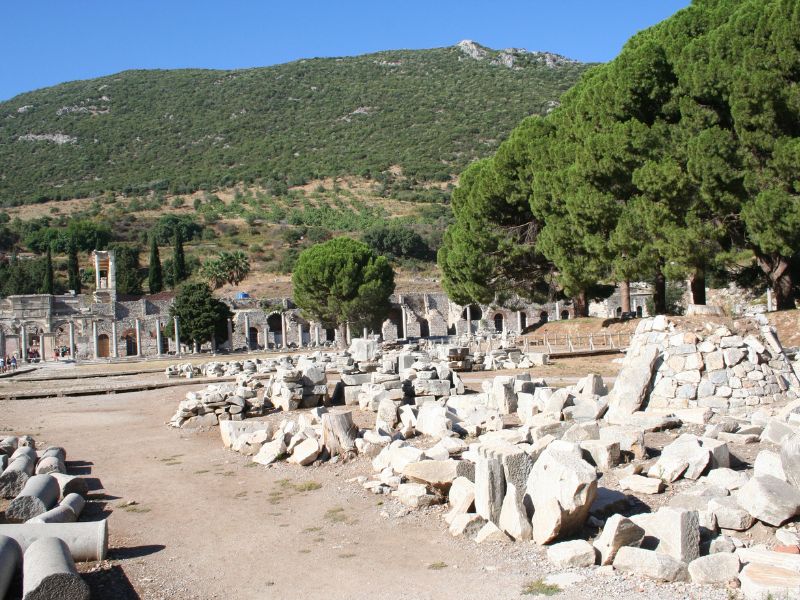
The historical and cultural significance of Ephesus history extends well beyond its biblical references, underscoring its role as a crucial hub in the ancient world. Founded in the 10th century BC, Ephesus emerged as a key port city, facilitating trade routes across the Mediterranean, Asia, and Europe.
Its strategic location on the coast of Ionia, coupled with its proximity to the Cayster River, made it a vital commercial and political center throughout antiquity. Culturally, Ephesus was a beacon of the classical Greek era and later, the Roman Empire.
It was famed for the Temple of Artemis, one of the Seven Wonders of the Ancient World, drawing pilgrims and tourists from across the Mediterranean. The city was also a center of philosophical thought and learning, housing the Library of Celsus, the third largest library of the ancient world, and hosting numerous scholars and philosophers.
The architectural and archaeological remnants of Ephesus, such as the Great Theatre where Paul is believed to have preached, and the Terrace Houses, offer invaluable insights into daily life, societal structure, and religious practices of the time.
Ephesus in the Book of Revelation
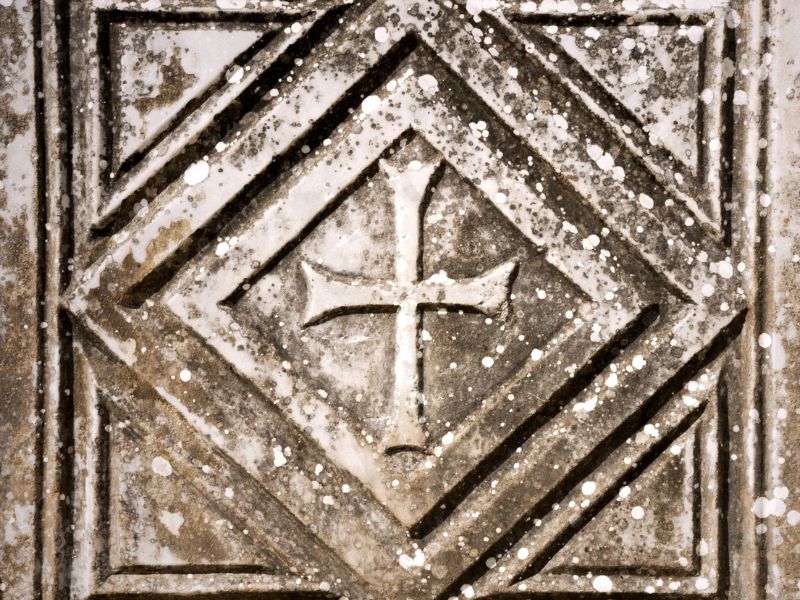
Ephesus occupies a distinct and significant position in the Book of Revelation, identified as one of the seven churches to which the Revelation of John is addressed.
In Revelation 2:1-7, the church in Ephesus is commended for its perseverance, hard work, and intolerance of wickedness, reflecting its strong doctrinal foundation and commitment to moral integrity.
However, despite these commendable attributes, the church is also reprimanded for having “forsaken the love [it] had at first.” This critique highlights a spiritual decline, suggesting that the Ephesians had drifted away from the fervent love and passion for Christ that initially characterized their community.
The admonition directed at the church of Ephesus serves as a reminder of the importance of maintaining a heart of devotion in the midst of doctrinal correctness and moral uprightness.
It emphasizes that faithfulness to Christ is not solely about upholding standards against false teachings or enduring trials but also about preserving the love and zeal for God and His teachings.
This message to Ephesus history is both a specific warning to its church and a timeless exhortation applicable to believers across all ages, urging them to constantly nurture their first love for Christ amidst the challenges and distractions of life.
The Book of Revelation’s reference to Ephesus, therefore, not only provides insight into the spiritual state of the church at that time but also offers enduring lessons on the significance of love in the believer’s walk of faith.
The Church in Ephesus: A Beacon of Early Christianity
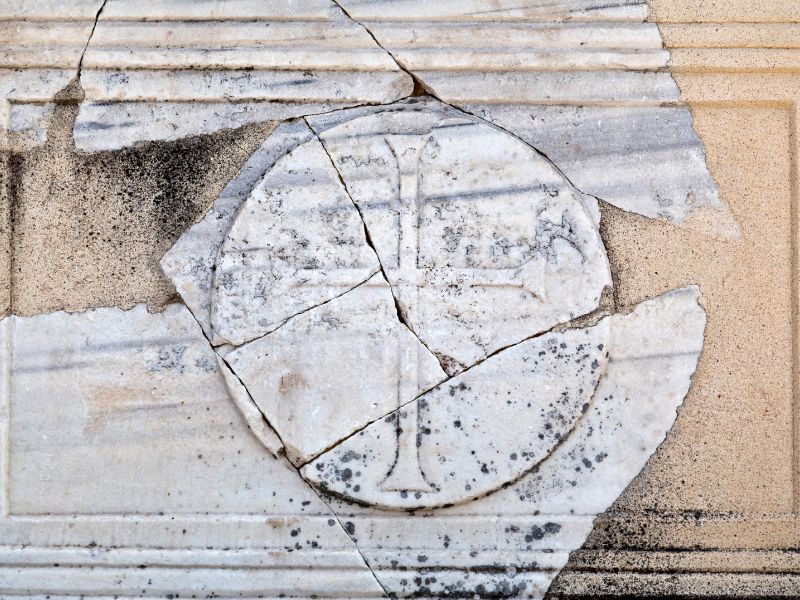
The ancient city of Ephesus, now located in modern-day Turkey, holds a unique place in the history of early Christianity and the New Testament. Established 15-20 years after the death of Jesus Christ, the church in Ephesus was rooted in a city renowned for its size, wealth, and cultural significance as the third largest city in the Roman Empire.
Ephesus thrived as a provincial capital, boasting a population of around 250,000 residents. The major economic activities of Ephesus were centered around trade and the worship of Artemis, with the temple dedicated to this goddess being one of the Seven Wonders of the Ancient World.
The city’s status as a significant cultural and commercial hub provided a fertile ground for the spread of Christianity. Paul, the Apostle, first introduced Christianity to Ephesus during his second missionary journey, as documented in Acts 18:19.
Upon establishing the church, Paul entrusted its leadership to Priscilla and Aquila, later augmented by Apollos, a main teacher within the Ephesian Christian community. Paul’s third missionary visit marked his most extended stay in any city, emphasizing the strategic and spiritual importance of Ephesus in his ministry.
Despite facing opposition that culminated in a riot by the silversmiths, whose livelihoods were threatened by the diminishing demand for idols due to the spread of the gospel, Paul’s influence on Ephesus history and its church was profound and lasting.
Following Paul’s departure, the leadership baton was passed to his protégé Timothy, and subsequently, to the Apostle John, who shepherded the Ephesian church until his exile.
The church in Ephesus is notably mentioned in seven New Testament letters, including the book of Ephesians, both letters to Timothy, the three letters of John, and the Book of Revelation. These texts provide invaluable insights into the life, struggles, and faith of the early Christian community in Ephesus.
Under the guidance of a remarkable preaching team comprising Paul, Apollos, Timothy, and John, the church in Ephesus emerged as a pillar of early Christian thought and practice. However, despite its spiritual achievements, Ephesus was admonished in the Book of Revelation for losing its initial love and zeal for Christ.
This serves as a potent reminder of the importance of maintaining a fervent love and commitment to the teachings of Jesus.
As we study the book of Ephesus history and reflect on the legacy of the church in Ephesus, we are reminded of the enduring importance of faithfulness, the dangers of spiritual complacency, and the power of devoted leadership in nurturing a vibrant Christian community.
The House of the Virgin Mary: A Sacred Sanctuary
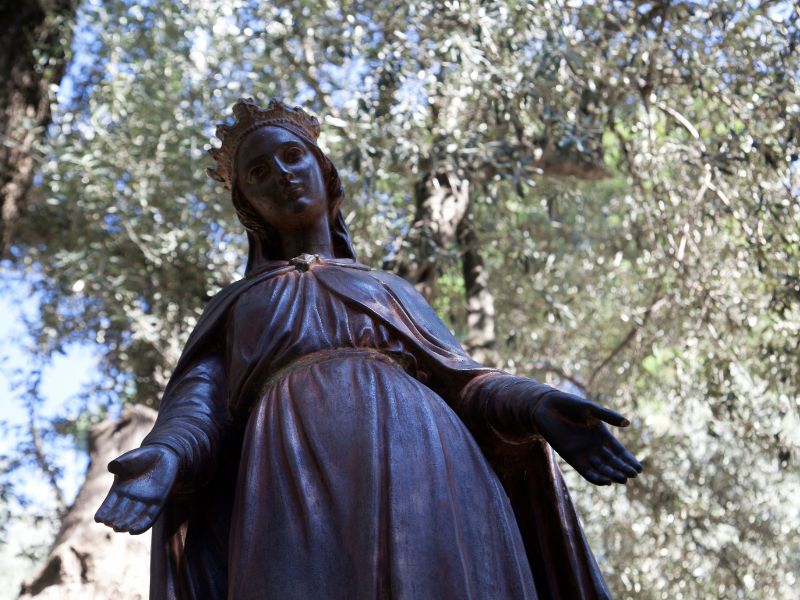
The House of the Virgin Mary (Turkish: Meryemana Evi) stands as a revered Catholic shrine located on Mt. Koressos (Turkish: Bülbüldağı, “Mount Nightingale”), near the ancient city of Ephesus, in present-day Turkey.
This sacred site, nestled approximately 7 kilometres (4.3 mi) from Selçuk, draws both Christian and Muslim pilgrims who believe that Mary, the mother of Jesus, spent her final years here under the care of Saint John.
Discovered in the 19th century through the visions of Blessed Anne Catherine Emmerich (1774–1824), a Roman Catholic nun and visionary, the authenticity of Mary’s House remains a subject of faith rather than historical fact, as the Catholic Church has not declared an official position regarding its authenticity.
However, the site has consistently attracted pilgrims since its discovery, further emphasized by the beatification of Anne Catherine Emmerich by Pope John Paul II on October 3, 2004.
The House of the Virgin Mary is thought to be a modest chapel with ancient stones dating back to the Apostolic Age. It features a distinctive keyhole-shaped baptismal pool en route to the shrine, suggesting an early Christian community’s presence, possibly seeking seclusion from Roman persecution.
The interior hosts a single large room with an altar and a statue of the Virgin Mary, alongside a smaller room traditionally believed to be where Mary slept. Adjacent to the shrine lies the “wishing wall,” where pilgrims tie their personal prayers and wishes.
The site’s tranquil atmosphere is enhanced by the surrounding garden landscapes and the devotional space outside the chapel. It’s not just a place of historical interest but a living sanctuary of faith, where visitors from diverse religious backgrounds find common ground in their reverence for Mary.
Prominent papal visits, including those by Paul VI, John Paul II, and Benedict XVI, underscore the site’s significance in Christian spirituality. These visits, along with Apostolic Blessings, highlight the universal call to peace and prayer that the House of the Virgin Mary represents.
Despite debates over its historical authenticity, the sanctuary continues to be a bastion of faith, offering solace and a tangible connection to the divine for pilgrims worldwide.
Every year, a liturgical ceremony on August 15 commemorates the Assumption of Mary, attracting thousands of faithful, a testament to the enduring spiritual appeal and significance of this serene sanctuary nestled on the slopes of Mt. Koressos.
Conclusion
The significance in the Bible and Ephesus history cannot be overstated. It stands as a beacon of early Christian fervor, theological development, and cultural exchange. For those intrigued by biblical history or seeking to deepen their understanding of Christianity, Ephesus offers a rich tapestry of stories, lessons, and inspiration.
We encourage readers to further explore Ephesus’s remarkable legacy and consider visiting this historic site to experience firsthand the profound connection between the ancient city and the foundational narratives of Christianity.

